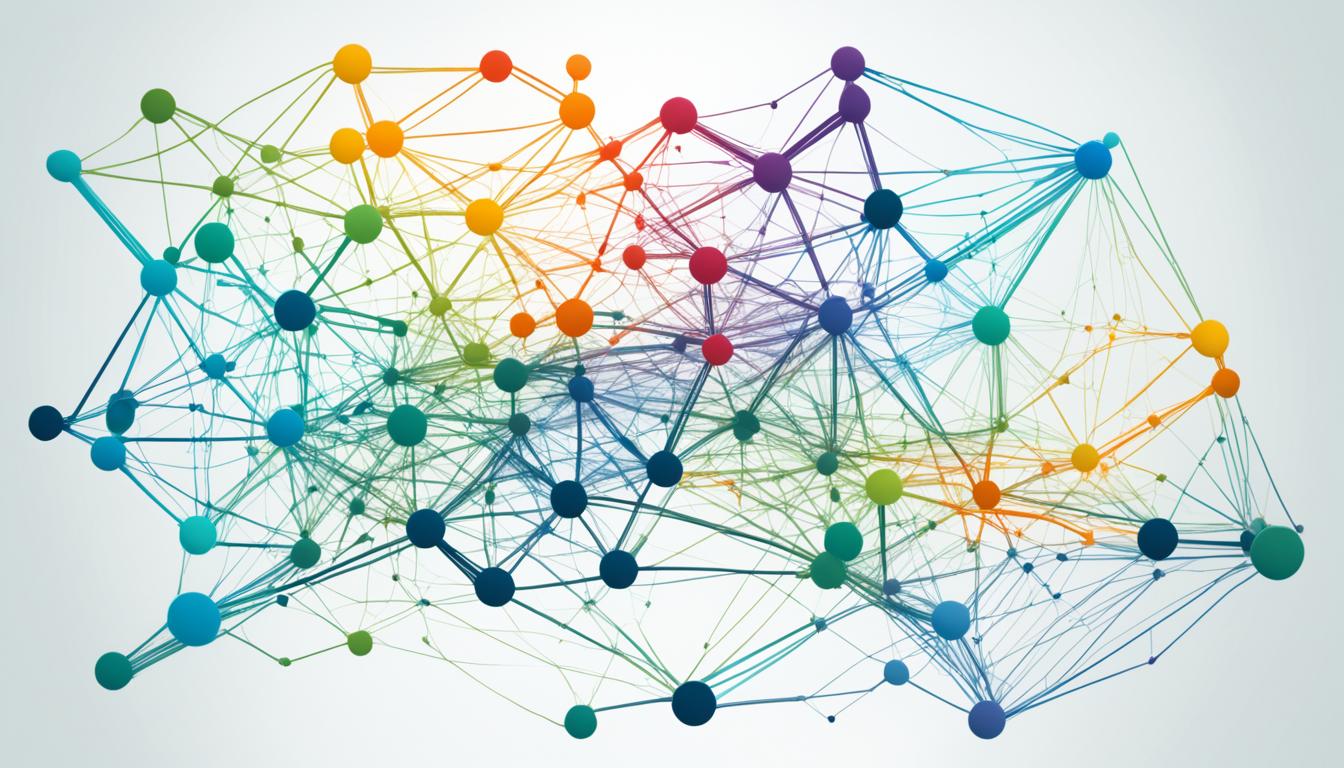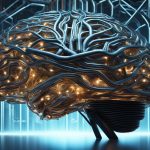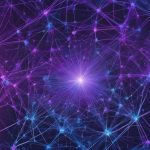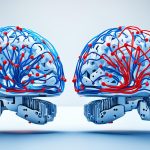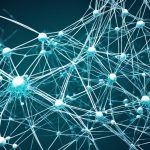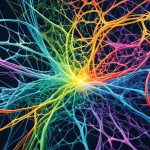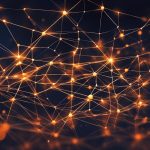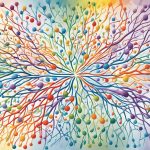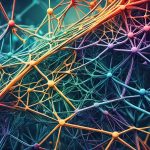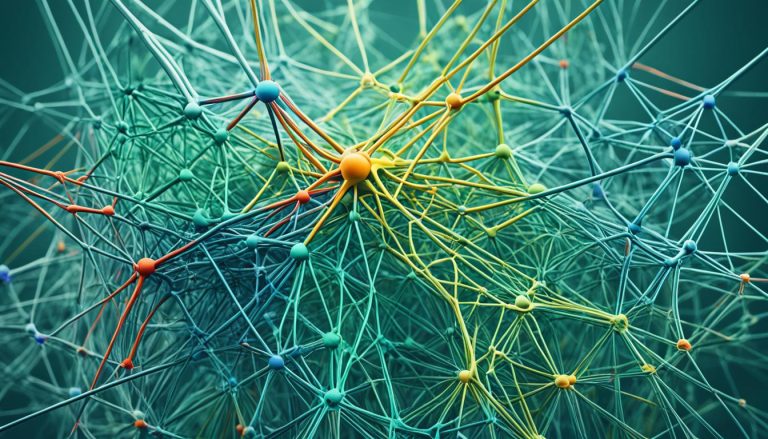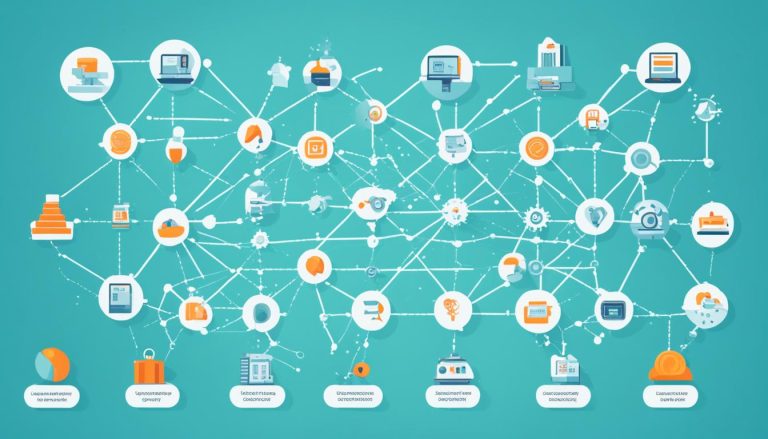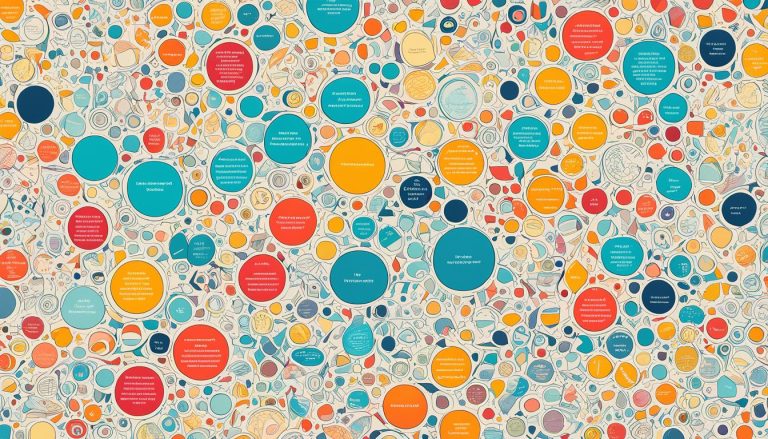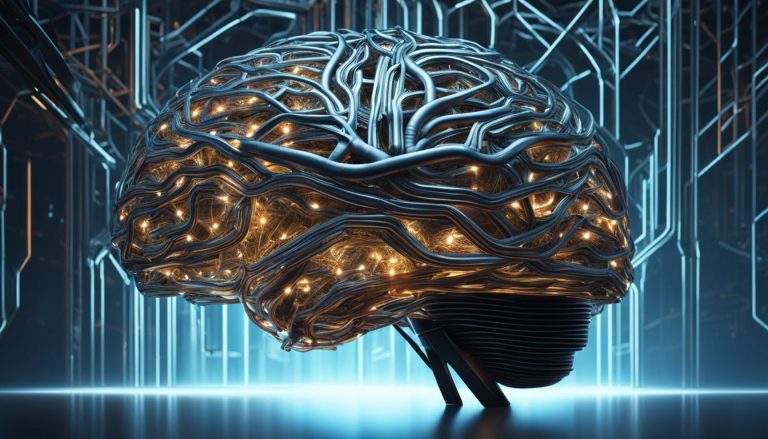Neural Process Models are revolutionizing the field of artificial intelligence (AI) by enabling adaptive and dynamic learning capabilities. These models have paved the way for a new era of AI, where machines can continuously learn from new data and adapt to evolving environments. This shift towards dynamic learning opens up exciting possibilities for various applications, such as self-driving cars and personalized medicine.
Traditional AI models have been static, trained on fixed datasets, and unable to adapt to changing data. However, with the emergence of Neural Process Models, AI systems can now dynamically learn from new information, ensuring their accuracy and performance remain intact over time.
By integrating dynamic learning capabilities into AI systems, Neural Process Models empower machines to not only acquire new knowledge but also retain previously acquired information. This adaptability allows for more efficient and adaptable AI systems, capable of addressing complex problems in real-time.
Background and Evolution: From Static Foundations to Dynamic Horizons
In the early stages of AI research, the focus was predominantly on static models. These models were fixed and unyielding, unable to adapt to new data or changing circumstances. While static models provided a foundation for AI development, their limitations quickly became apparent as data evolved at a rapid pace. The need for AI systems that could adjust to new information and maintain their performance over time led to the emergence of dynamic learning models.
Dynamic learning models represent the evolution of AI, as they offer the capability to learn continuously from new data. Unlike static models, dynamic models can adapt to changing environments and adjust their predictions and behaviors accordingly. This adaptability is a significant breakthrough in the field of AI, allowing for more accurate and efficient decision-making.
AI evolution has been driven by the realization that static models alone are insufficient for addressing the complexities of real-world data. As we strive to develop AI systems that can effectively solve complex problems and make intelligent decisions, the shift towards dynamic learning is essential.
“The limitations of static models became apparent as data started to evolve rapidly.”
Static Models: A Fixed Approach
Static models have been the basis for many AI advancements. These models offer simplicity and reliability, delivering consistent results that can be replicated. They have been instrumental in various fields, including medicine, finance, and image recognition.
However, static models have inherent limitations when it comes to handling dynamic and changing data environments. Their inability to adapt to new information impairs their accuracy, making them less effective in real-world scenarios. Static models are not equipped to learn from new data or update their knowledge, hindering their potential for practical applications.
Dynamic Learning Models: Adapting to Change
Dynamic learning models, on the other hand, have revolutionized the AI landscape by introducing the ability to adapt and learn from new data. These models can adjust their parameters and update their knowledge based on the information they receive, ensuring their performance remains optimal.
By utilizing techniques such as online learning and recurrent neural networks, dynamic learning models can continuously refine their predictions and behaviors. The continuous learning process enables them to capture patterns and adapt to changing circumstances, making them more reliable and effective in dynamic environments.
Dynamic learning models have diversified applications, ranging from natural language processing and computer vision to robotics and autonomous systems. They are at the forefront of AI research and development, driving innovation and opening up new possibilities.
Comparing Static and Dynamic Models
| Static Models | Dynamic Learning Models |
|---|---|
| Lack adaptability | Can continuously learn from new data |
| Fixed knowledge | Can update knowledge based on new information |
| Less effective in dynamic environments | Excel in dynamic and evolving data scenarios |
| Limited application potential | Enable new possibilities in various fields |
The table above highlights the key differences between static models and dynamic learning models. While static models have their merits, dynamic learning models offer the adaptability and flexibility required for addressing the challenges of real-world data.
Understanding Static Models: The Pillars of Early AI
Static AI models have been foundational in driving advancements across various fields, including medicine and finance. These models have provided simplicity and reliability, yielding consistent and replicable results that have shaped our understanding of AI applications. Their ability to deliver accurate outcomes in controlled environments has been invaluable.
However, it is crucial to recognize the limitations of static models in dynamic and ever-changing data landscapes. The inherent lack of adaptability in static models renders them obsolete when confronted with new and evolving information. These models are designed to operate within fixed parameters, unable to flexibly adjust to real-time shifts or incorporate new data sources.
Despite their limitations, static models have played a critical role in sparking innovation and laying the groundwork for the development of more adaptable and flexible dynamic learning models. The challenges posed by static models have paved the way for the evolution of AI, driving the emergence of dynamic learning capabilities.
Dynamic learning models have revolutionized the field of AI by introducing adaptability and flexibility into the learning process. Unlike their static counterparts, these models can continually learn from new data, allowing for accuracy and performance in dynamic environments. By continuously updating their knowledge base, dynamic learning models can quickly adapt to changing circumstances and incorporate the latest information into their decision-making processes.
The transition from static models to dynamic learning marks a significant milestone in the evolution of AI. The ability of dynamic models to adapt and evolve in real-time opens up exciting possibilities for applications such as personalized medicine, real-time anomaly detection, and adaptive cybersecurity.
By overcoming the limitations of static models and embracing the power of adaptability, dynamic learning models hold the potential to reshape the AI landscape, propelling innovation and driving transformative breakthroughs in various industries.
Dive into Dynamic/Continual Learning Models
Dynamic or continual learning models are AI systems that possess remarkable adaptability and can acquire new tasks or knowledge without forgetting previously acquired information. Unlike static models, which are fixed and unable to adapt to changing data environments, dynamic learning models continuously learn from new data, maintaining accuracy over time.
These models leverage mechanisms such as **elastic weight consolidation** and **replay mechanisms** to flexibly accommodate new information and adjust their parameters accordingly. Through the flexibility of these dynamic learning models, **neural circuits** can be effectively mapped and analyzed. This opens up new avenues for understanding complex neurological processes.
Dynamic learning models find applications in various domains, including **few-shot learning** and **meta-learning**. They allow AI systems to quickly acquire new skills or knowledge with limited training data, making them highly efficient in real-world scenarios with limited dataset availability. Moreover, dynamic learning models enable the exploration of **neural circuit imaging**, offering insights into the inner workings of the brain and its adaptability.
The Advantages of Dynamic Learning Models
Dynamic learning models offer numerous advantages, including:
- Adaptability: These models can dynamically adjust their parameters to incorporate new information, making them more adaptable to changing data environments.
- Efficiency: Dynamic learning models excel at learning from limited data, enabling systems to quickly acquire new skills or knowledge without extensive training.
- Continual Learning: These models can continuously learn from new data without forgetting previously learned information, allowing AI systems to build upon existing knowledge and improve performance over time.
Thanks to their adaptability and flexibility, dynamic learning models have the potential to revolutionize AI systems by enabling them to continuously learn and improve in dynamic environments.
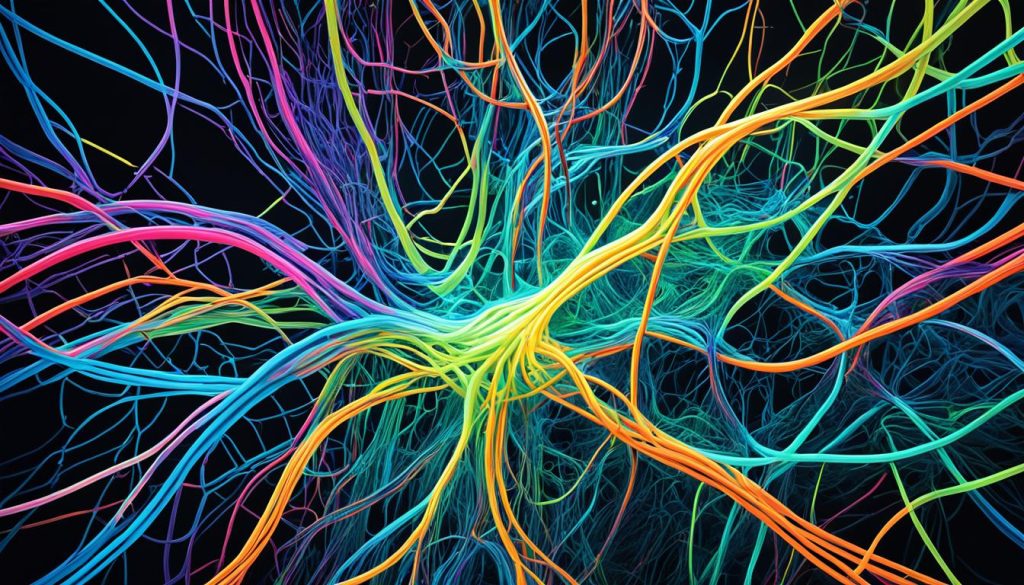
Conclusion
The development of dynamic brain imaging technology using AI presents a groundbreaking opportunity to transform the field of neuroscience. By leveraging AI algorithms and advanced imaging techniques, researchers can now map the rapidly changing electrical activity in the brain with unprecedented speed, resolution, and cost-effectiveness.
This dynamic brain imaging technology offers a non-invasive solution for studying brain activity, providing valuable insights into various neurological processes. Its potential applications in clinical diagnosis and surgical planning hold immense promise for improving patient care and treatment outcomes.
With ongoing research and advancements in dynamic brain imaging technology using AI, the integration of this innovative approach into clinical settings seems increasingly likely. By harnessing the power of AI and dynamic brain imaging, healthcare professionals will gain access to a wealth of information that can aid in accurate diagnosis, personalized treatment plans, and enhanced therapeutic interventions.
FAQ
What are Neural Process Models?
Neural Process Models are AI models that enable adaptive and dynamic learning capabilities, allowing them to continuously learn from new data and adapt to changing environments.
How do Neural Process Models differ from traditional AI models?
Unlike traditional AI models, Neural Process Models can adjust to new information and maintain their performance over time, making them more accurate and effective in evolving data environments.
What are the limitations of static AI models?
Static AI models are fixed and unable to adapt to new data or changing circumstances, rendering them obsolete in dynamic data environments where adaptability is crucial.
What are dynamic learning models?
Dynamic learning models are AI systems that can learn new tasks or knowledge without forgetting previously acquired information. They adjust to changing data environments and maintain accuracy over time.
What are some applications of dynamic learning models?
Dynamic learning models have diverse applications, including few-shot learning, meta-learning, and neural circuit imaging. They offer greater adaptability and flexibility in various fields.
What is dynamic brain imaging technology using AI?
Dynamic brain imaging technology using AI allows for the mapping of rapidly changing electrical activity in the brain, with high speed, resolution, and low cost. It has applications in neuroscience research, clinical diagnosis, and surgical planning.
How can dynamic brain imaging technology using AI benefit patient care?
Dynamic brain imaging technology using AI offers a non-invasive solution for studying brain activity, leading to improved clinical diagnosis and surgical planning. Its implementation in clinical settings could enhance patient care and treatment outcomes.

